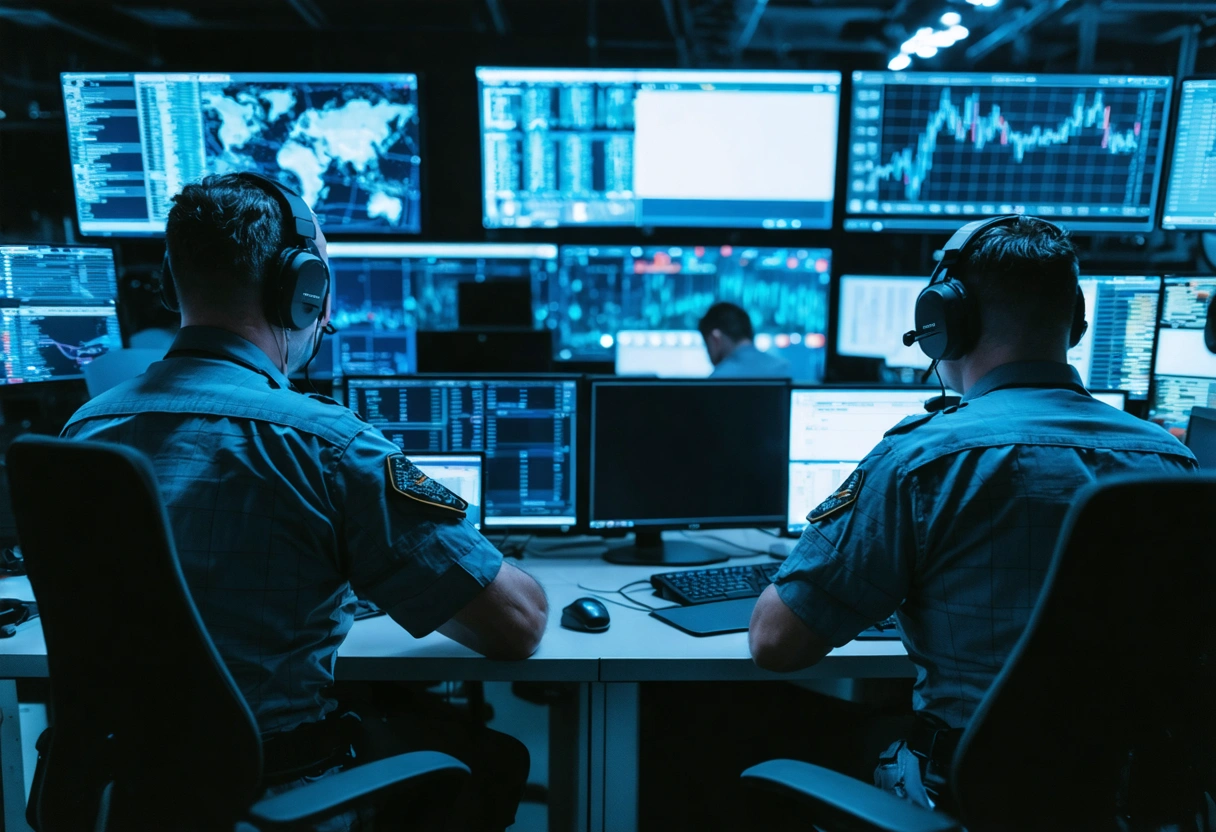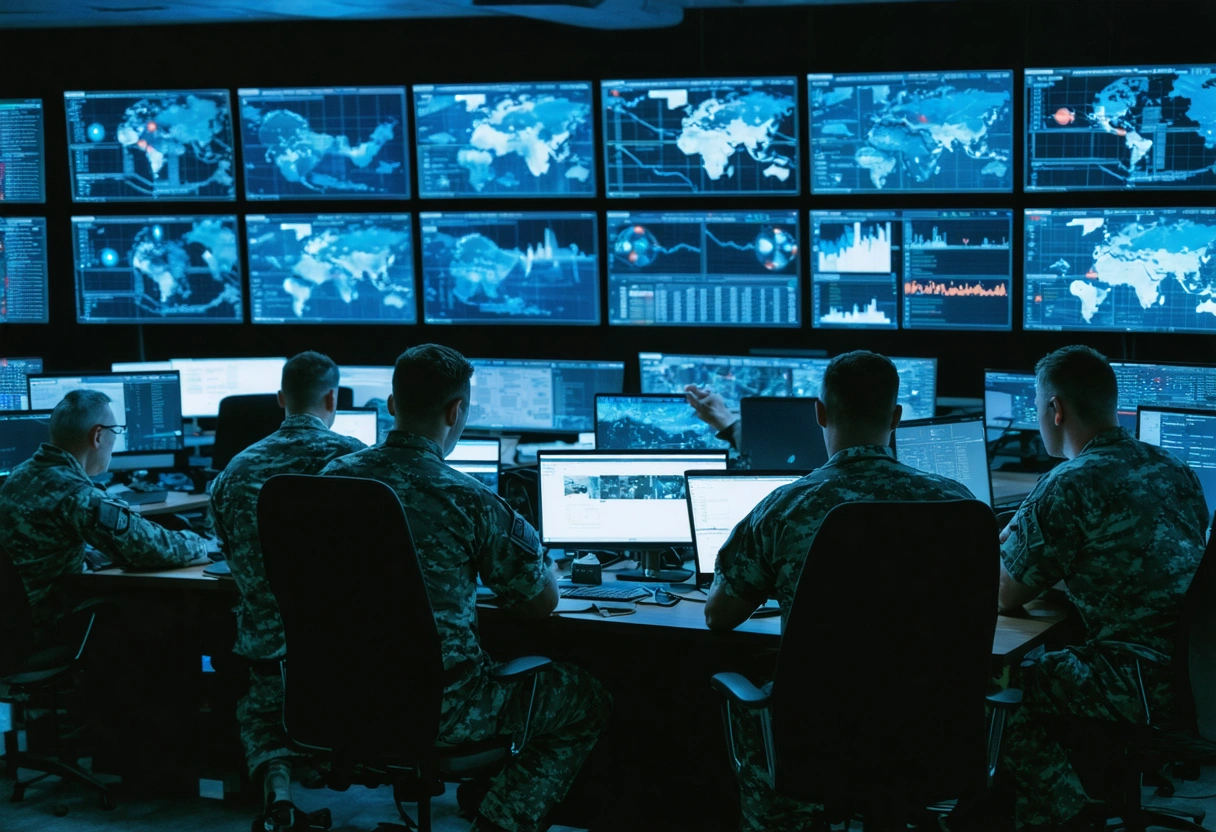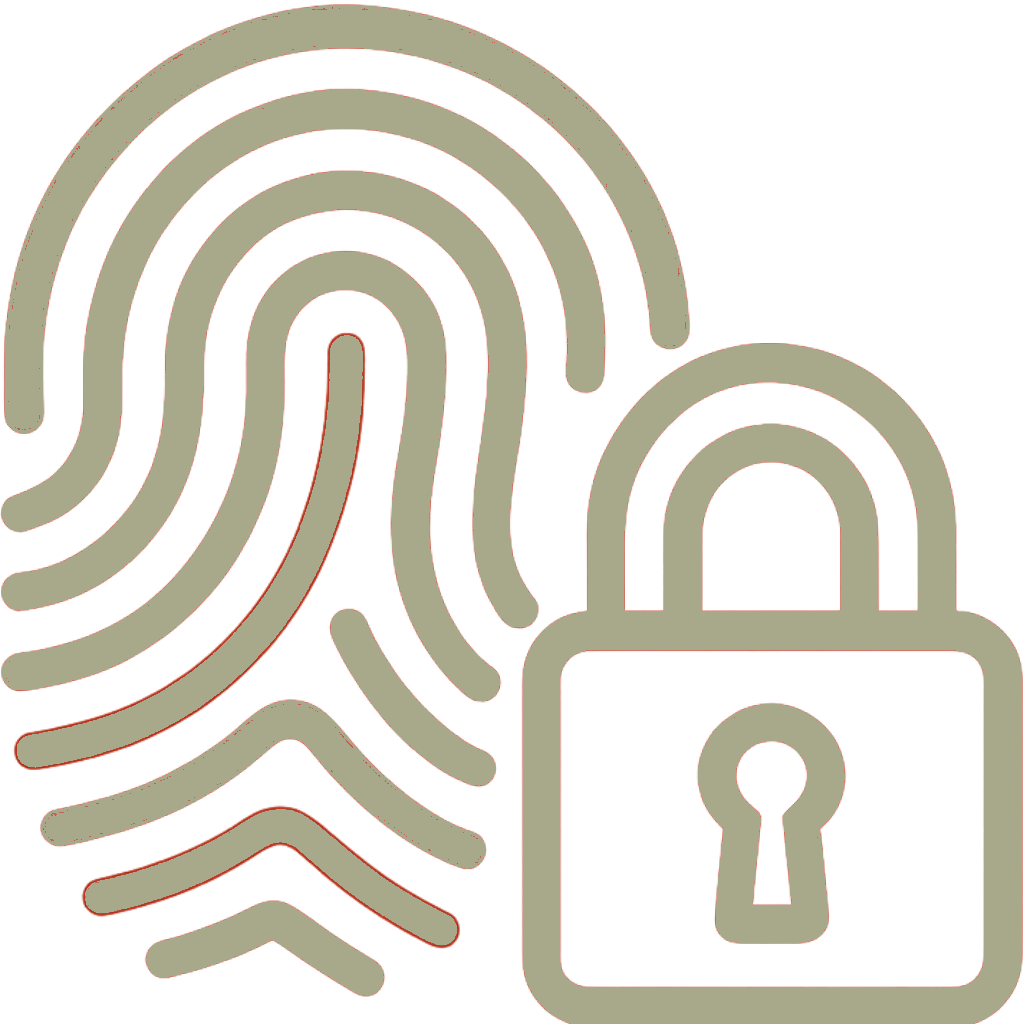Introduction to Veteran-Led Response in Data Breach Management
In the rapidly evolving digital landscape, data breaches have become an unfortunate reality for organizations of all sizes. While the technical aspects of cybersecurity are essential, the human element in incident management can be equally crucial. This post explores a compelling case study on how a veteran-led team effectively managed a data breach incident, highlighting the unique skills and methodologies that veterans bring to the table.
When a data breach occurs, the immediate reaction often involves panic and confusion. However, a veteran-led response can transform chaos into order through structured and disciplined approaches. This case study not only illustrates the effectiveness of such responses but also delves into the specific strategies and lessons learned from the incident. By dissecting this real-world example, we aim to provide valuable insights for organizations seeking to bolster their incident response capabilities.
The Breach Incident: Setting the Scene
In late 2022, a mid-sized financial services company fell victim to a significant data breach, compromising sensitive customer information. The breach was detected during a routine security audit when unusual network activity was observed. Upon further investigation, it was discovered that unauthorized access had been gained through a phishing attack, leading to the exfiltration of critical data.
Recognizing the severity of the situation, the company immediately activated its incident response plan. What set this response apart was the leadership of a team of veterans, each bringing years of military experience. With their background in high-pressure environments, they were uniquely positioned to tackle the crisis with precision and efficiency.
Initial Response and Containment
One of the first steps in managing a data breach is to contain the threat to prevent further damage. The veteran-led team quickly mobilized, conducting a thorough assessment of the breach’s scope. This involved isolating affected systems, implementing additional security measures, and coordinating with IT staff to secure the network perimeter.

Drawing from military protocols, the team established a centralized command center to ensure streamlined communication and decision-making. This approach minimized confusion and allowed for rapid dissemination of critical information. By maintaining clear lines of communication, the team was able to collaborate effectively with external cybersecurity experts and law enforcement agencies, further enhancing the containment efforts.
Strategic Communication and Stakeholder Management
Another key aspect of effective incident management is strategic communication, both internally and externally. The veteran-led team recognized the importance of maintaining transparency with stakeholders, including customers, employees, and regulators. They crafted a comprehensive communication plan that provided regular updates and reassured stakeholders of the steps being taken to address the breach.
This proactive approach helped mitigate reputational damage and fostered trust among stakeholders. By leveraging their experience in strategic communication, the veterans ensured that the right messages were conveyed at the right time, reducing the risk of misinformation and panic.
Collaboration with External Partners
In addition to managing internal communications, the veteran-led team worked closely with external partners to bolster the incident response. This included engaging with cybersecurity firms for forensic analysis and collaborating with law enforcement to investigate the breach’s origins. By building strong partnerships with these entities, the team was able to expedite the resolution process and strengthen the company’s overall security posture.
The team’s ability to effectively collaborate with external partners can be attributed to their military training, which emphasizes teamwork and cooperation. This skillset proved invaluable in navigating the complexities of the data breach and mitigating its impact.
Lessons Learned and Post-Incident Analysis

Following the resolution of the data breach, a comprehensive post-incident analysis was conducted to identify areas for improvement and prevent future occurrences. The veteran-led team meticulously reviewed the response process, documenting key lessons learned and best practices.
One of the primary takeaways was the importance of continuous training and preparedness. The team emphasized the need for regular drills and simulations to ensure that all personnel are equipped to respond effectively to potential threats. Additionally, they highlighted the value of fostering a culture of cybersecurity awareness across the organization, empowering employees to recognize and report suspicious activity.
Enhancing Cybersecurity Infrastructure
As part of the post-incident analysis, the team also evaluated the company’s cybersecurity infrastructure and identified areas for enhancement. This involved upgrading security technologies, implementing advanced threat detection systems, and refining access control protocols. By taking a proactive approach to cybersecurity, the company reinforced its defenses and reduced the likelihood of future breaches.
The veterans’ forward-thinking mindset and commitment to continuous improvement were instrumental in driving these changes. Their ability to adapt and evolve in the face of adversity served as a catalyst for strengthening the company’s overall security framework.
The Value of Veteran Leadership in Cybersecurity
This case study underscores the significant impact that veteran leadership can have on incident management and cybersecurity resilience. The unique skills and experiences that veterans bring to the table, such as strategic thinking, effective communication, and teamwork, are invaluable assets in navigating the complexities of a data breach.
Organizations looking to enhance their incident response capabilities would benefit from incorporating veterans into their cybersecurity teams. By leveraging their expertise and adopting a disciplined, structured approach, companies can better prepare for and respond to the ever-present threat of data breaches.

Ultimately, this case study serves as a powerful reminder of the critical role that veteran-led teams can play in safeguarding sensitive information and maintaining organizational integrity in the face of cyber threats.
Expanding the Role of Veterans in Cybersecurity
As the cybersecurity landscape continues to evolve, the role of veterans in this field becomes increasingly significant. Their ability to adapt to new challenges and employ strategic problem-solving skills makes them invaluable assets in protecting organizations from cyber threats. Beyond incident response, veterans can contribute to various aspects of cybersecurity, including risk assessment, policy development, and threat intelligence.
One area where veterans excel is in conducting thorough risk assessments. Leveraging their experience in analyzing complex scenarios, they can identify potential vulnerabilities and recommend effective mitigation strategies. Their disciplined approach ensures that all risks are meticulously evaluated, allowing organizations to prioritize their resources and address the most critical threats.
Policy Development and Implementation
Veterans’ experience in following and enforcing stringent protocols makes them adept at developing and implementing cybersecurity policies. They understand the importance of establishing clear guidelines and ensuring compliance with industry standards. By crafting comprehensive policies that outline best practices for data protection, veterans can help organizations create a robust security framework that minimizes risk.
Moreover, veterans’ ability to lead and train diverse teams enables them to effectively communicate these policies across the organization. Their leadership skills ensure that all employees understand their roles and responsibilities in maintaining cybersecurity, fostering a culture of vigilance and accountability.
Enhancing Threat Intelligence Capabilities

Threat intelligence is a critical component of a proactive cybersecurity strategy, and veterans’ analytical skills make them well-suited for this role. Their experience in gathering and interpreting intelligence in military contexts translates seamlessly to the cybersecurity domain, where they can identify emerging threats and provide actionable insights.
By integrating veterans into threat intelligence teams, organizations can leverage their expertise to enhance situational awareness and anticipate potential attacks. Veterans’ ability to analyze complex data sets and identify patterns allows them to detect threats before they materialize, enabling organizations to take preemptive action and fortify their defenses.
Collaboration and Information Sharing
One of the key elements of effective threat intelligence is collaboration and information sharing. Veterans’ experience in working within interconnected networks and alliances equips them with the skills needed to facilitate communication and cooperation between different entities. They can play a pivotal role in establishing partnerships with other organizations, government agencies, and cybersecurity communities to share threat intelligence and collectively address common challenges.
Through their collaborative efforts, veterans can help create a more resilient cybersecurity ecosystem where knowledge and resources are pooled to combat cyber threats more effectively. This collective approach not only strengthens individual organizations but also contributes to the overall security of the digital landscape.
The Future of Veteran Integration in Cybersecurity
As the demand for skilled cybersecurity professionals continues to rise, the integration of veterans into this field presents a unique opportunity for both veterans and organizations. By recognizing the value of veterans’ skills and experiences, companies can tap into a rich talent pool that offers a diverse range of capabilities.
Many organizations are already taking steps to facilitate the transition of veterans into cybersecurity roles. Initiatives such as specialized training programs and mentorship opportunities help veterans acquire the technical skills needed to excel in this field. By providing support and resources, these programs enable veterans to build successful careers in cybersecurity while contributing to the industry’s growth and development.

Fostering a Veteran-Friendly Environment
To fully harness the potential of veterans in cybersecurity, organizations must create a veteran-friendly environment that supports their unique needs. This includes offering flexible work arrangements, recognizing military experiences as valuable assets, and promoting a culture of inclusion and respect. By fostering such an environment, companies can attract and retain top veteran talent, enhancing their cybersecurity capabilities.
Furthermore, organizations can benefit from establishing veteran-focused employee resource groups and networks. These groups provide a platform for veterans to connect, share experiences, and support one another in their professional journeys. By nurturing a sense of community, companies can empower veterans to thrive in their new roles and contribute meaningfully to the organization’s success.
Harnessing the Strengths of Veterans in Cybersecurity
The case study on veteran-led response to a data breach illustrates the transformative impact that veterans can have in the realm of cybersecurity. Their unique skills, honed through military service, enable them to navigate complex challenges with resilience and determination. As the cybersecurity landscape continues to evolve, the integration of veterans into this field offers a strategic advantage for organizations seeking to bolster their defenses.
By recognizing and harnessing the strengths of veterans, companies can not only enhance their incident response capabilities but also drive innovation and growth in the cybersecurity sector. As we look to the future, the continued collaboration between veterans and organizations will play a crucial role in securing the digital world and safeguarding valuable assets.
Ultimately, the successful integration of veterans into cybersecurity is a win-win situation, benefiting both veterans and the organizations that employ them. By leveraging their skills and experiences, companies can build a more resilient and secure digital environment, while veterans can embark on fulfilling careers that make a lasting impact.
Need help with Veteran-Led Response to a Data Breach: A Case Study on Effective Incident Management?











